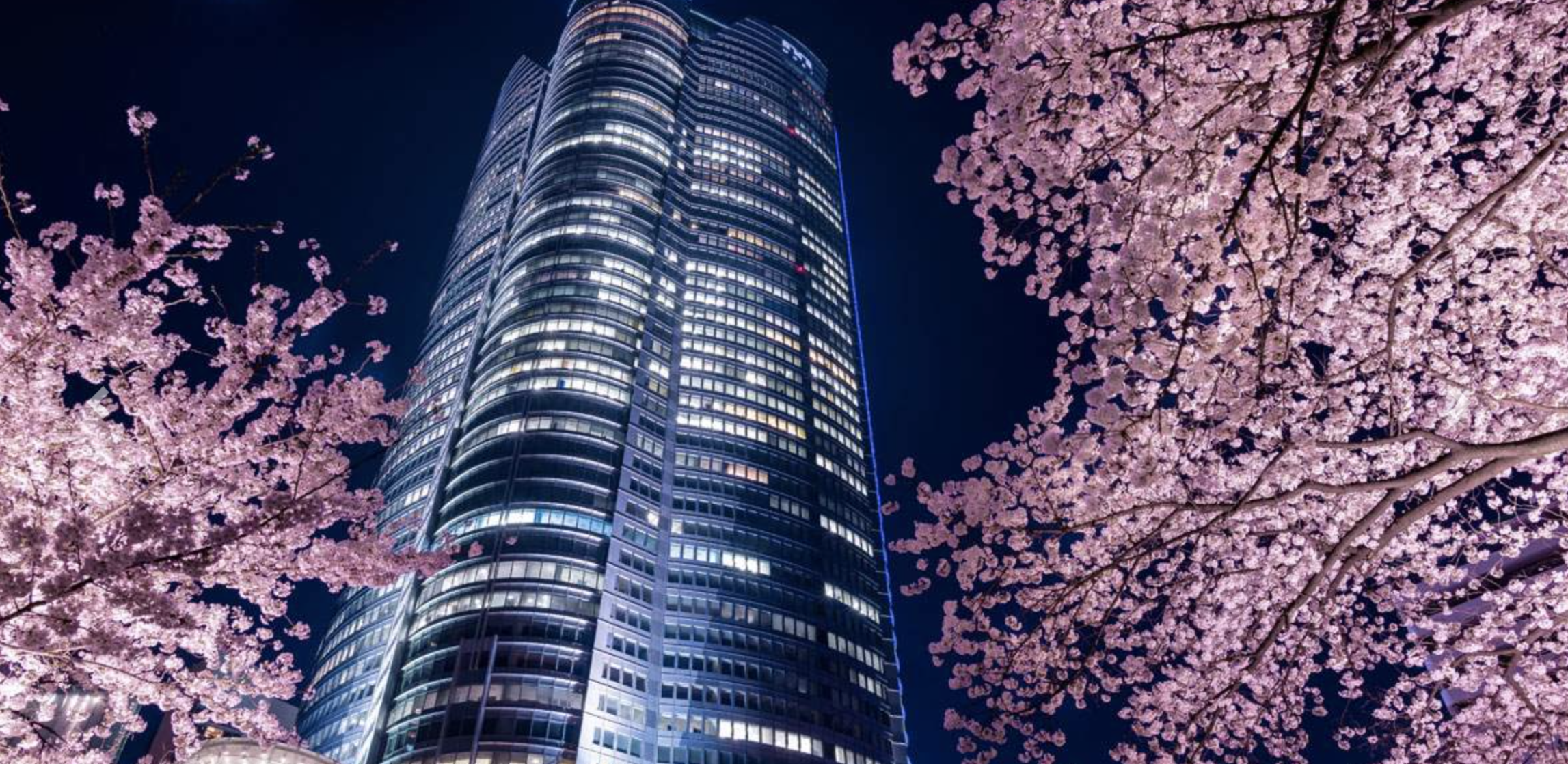Roppongi Area: The Cosmopolitan Crossroads of Tokyo
1. Introduction: Tokyo’s International Gateway
Roppongi is perhaps the most internationally recognized neighborhood in Tokyo. For decades, it has been the first stop for many expats — whether arriving as students, professionals, or diplomats. Known historically for its vibrant nightlife, Roppongi has transformed in the last 20 years into a polished business and cultural district while still retaining its reputation as Tokyo’s most cosmopolitan entertainment hub.
Unlike Shibuya or Shinjuku, which attract mainly younger Japanese crowds, Roppongi is defined by its internationalism: English-speaking restaurants, embassies nearby, and two of Tokyo’s most iconic urban redevelopments — Roppongi Hills and Tokyo Midtown.
2. Roppongi Hills: Tokyo’s Vertical City
Opened in 2003, Roppongi Hills is a symbol of modern Tokyo living. Built around the 54-story Mori Tower, the development includes luxury apartments, office spaces, art museums, cinemas, and shopping malls all within walking distance.
- Housing in Roppongi Hills
The residential towers offer some of the most high-end apartments in Japan. Units feature Western-style layouts, bilingual concierge services, and breathtaking skyline views. Rents start around ¥700,000 per month and can go well over ¥2,000,000 for penthouses. Despite the high price tag, many executives and expatriates choose to live here for its convenience and prestige. - Mori Art Museum & Culture
One of the defining features of Roppongi Hills is its cultural angle. The Mori Art Museum hosts contemporary art exhibitions from around the world, making Roppongi a cultural as well as commercial hub. - Community Events
The developers also created a “community” within Roppongi Hills. Seasonal festivals, farmer’s markets, and outdoor movie screenings bring together expats and Japanese residents alike.
3. Tokyo Midtown: Sleek and Sophisticated
Just a short walk from Roppongi Hills is Tokyo Midtown, another large-scale redevelopment. Completed in 2007, it houses the Ritz-Carlton Tokyo, luxury apartments, office towers, and a sprawling shopping complex.
- Design and Lifestyle
Midtown has a more refined and minimalist aesthetic compared to Roppongi Hills. Its green spaces, including Hinokicho Park, offer an oasis in the middle of the city. - Expat-Friendly Services
Midtown Medical Clinic provides bilingual healthcare, a huge plus for expats. The complex also hosts art exhibitions at the Suntory Museum of Art, making it both practical and cultural. - Housing at Midtown
Apartments here are equally prestigious, with rents similar to Roppongi Hills. Many residents appreciate the combination of modern amenities and proximity to both Akasaka and Roppongi nightlife.
4. Roppongi Nightlife: From Wild to Refined
Roppongi’s nightlife has a global reputation — sometimes for better, sometimes for worse.
- Bars and Clubs
From upscale rooftop lounges like Cé La Vi to international clubs such as V2 Tokyo or Muse, Roppongi offers everything. English is widely spoken, and many establishments cater specifically to foreigners. - Dining Scene
Roppongi is also a gourmet hub. You’ll find Michelin-starred restaurants like Ryugin (modern kaiseki) alongside steakhouses, tapas bars, and sushi counters. Expats often appreciate the mix of casual international pubs and world-class fine dining. - Safety and Reputation
While Roppongi has cleaned up significantly since the 1990s, newcomers should still exercise caution late at night. Street touts sometimes target foreigners. However, police presence is strong, and the area remains one of Tokyo’s safest entertainment districts compared to global cities.
5. Housing Beyond the Towers
While Roppongi Hills and Midtown dominate the skyline, the surrounding streets offer more varied housing options:
- Roppongi-Itchome: Quieter, with high-rise apartments favored by families.
- Nogizaka: Close to art institutions and slightly more residential.
- Backstreets of Roppongi: Smaller apartments, often more affordable (¥250,000–¥400,000 per month for 1LDK).
Many singles and young professionals choose these areas to balance affordability with convenience.
6. Culture and Everyday Life
Roppongi isn’t just nightlife and business. It’s also home to some of Tokyo’s best museums:
- The National Art Center — iconic wave-shaped building hosting rotating exhibitions.
- Mori Art Museum — contemporary international art.
- Suntory Museum of Art — traditional Japanese arts and crafts.
This cultural triangle makes Roppongi a serious art destination. On weekends, it’s common to see both expats and Japanese couples enjoying “art walks.”
7. Expat Community in Roppongi
Roppongi is often the first stop for new arrivals. Many embassies are nearby (U.S., Sweden, Spain), and the area is known for its vibrant mix of people. For singles or couples without children, Roppongi offers unparalleled convenience: easy access to the Tokyo Metro, international restaurants, and social networking opportunities.
Coworking spaces like WeWork Ark Hills or Hive Jinnan attract freelancers and remote workers, while business executives often have offices in Mori Tower. After work, networking naturally continues in Roppongi’s bars and restaurants.
8. Pros and Cons of Living in Roppongi
Pros:
- Central location with easy transport access.
- Luxury housing options with Western amenities.
- Vibrant nightlife and cultural attractions.
- Strong international community, English-friendly.
Cons:
- Higher cost of living compared to other Tokyo districts.
- Can be noisy, especially on weekends.
- Some areas still have nightlife-related safety concerns.
